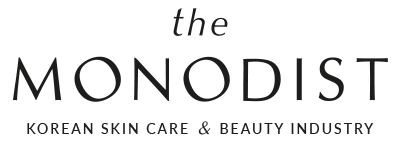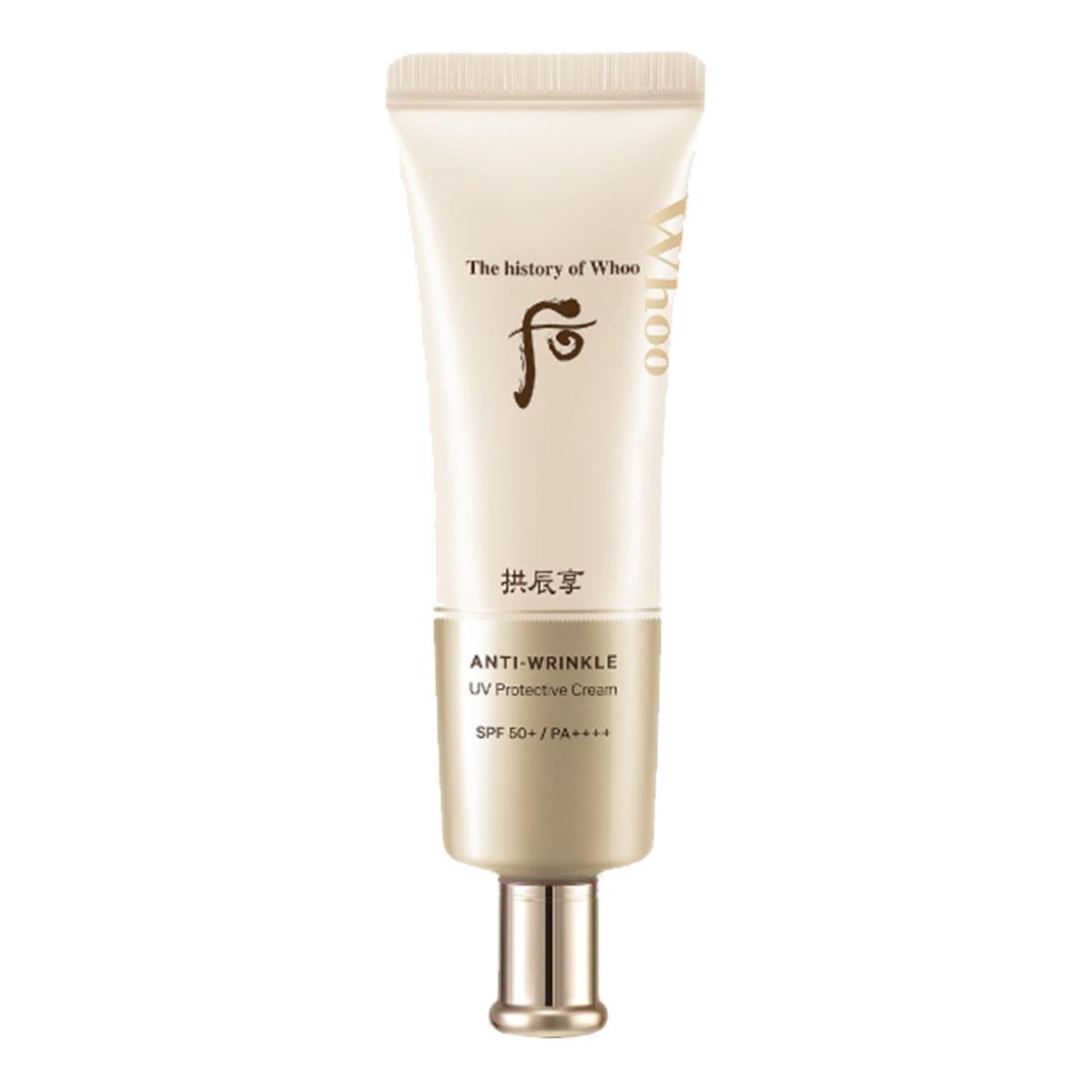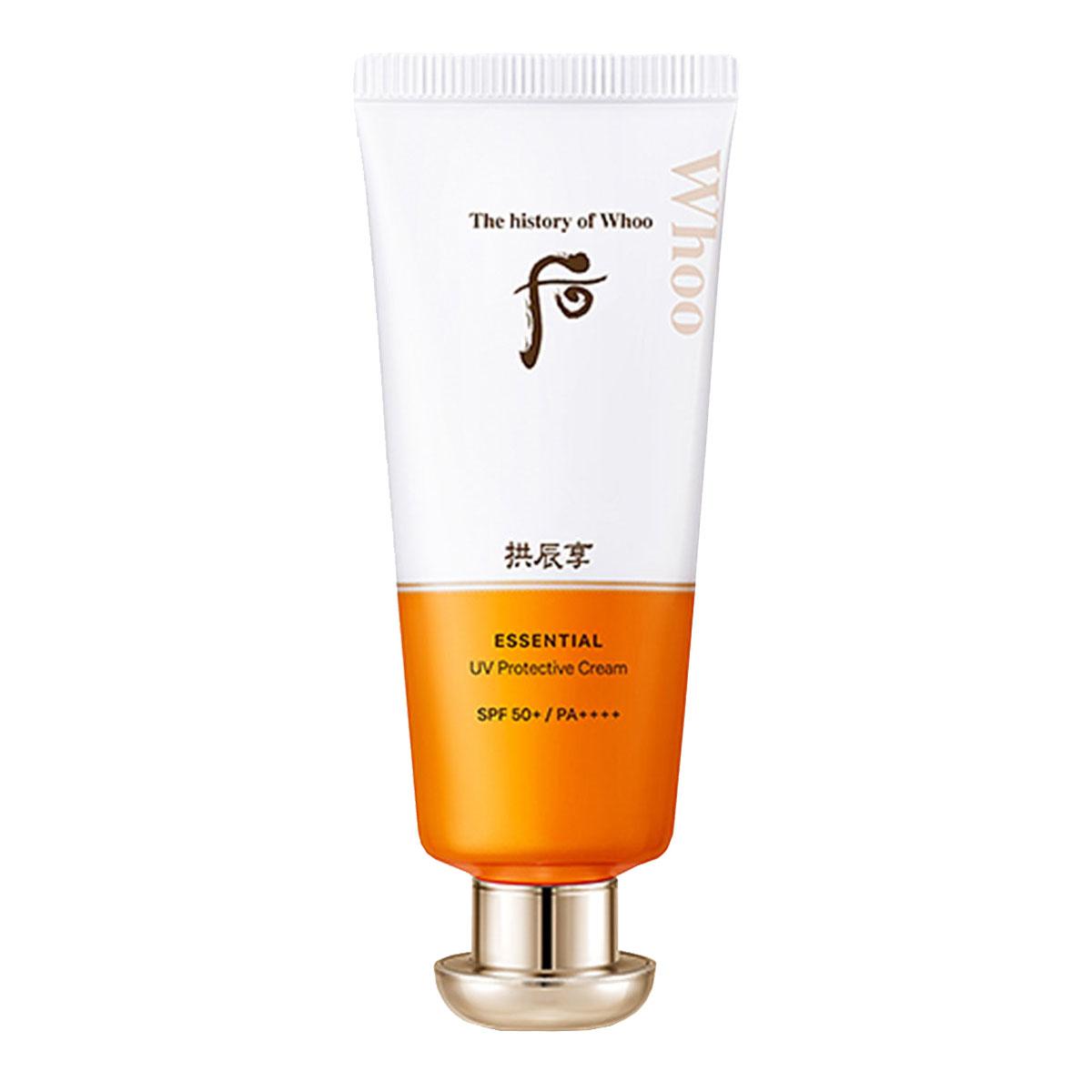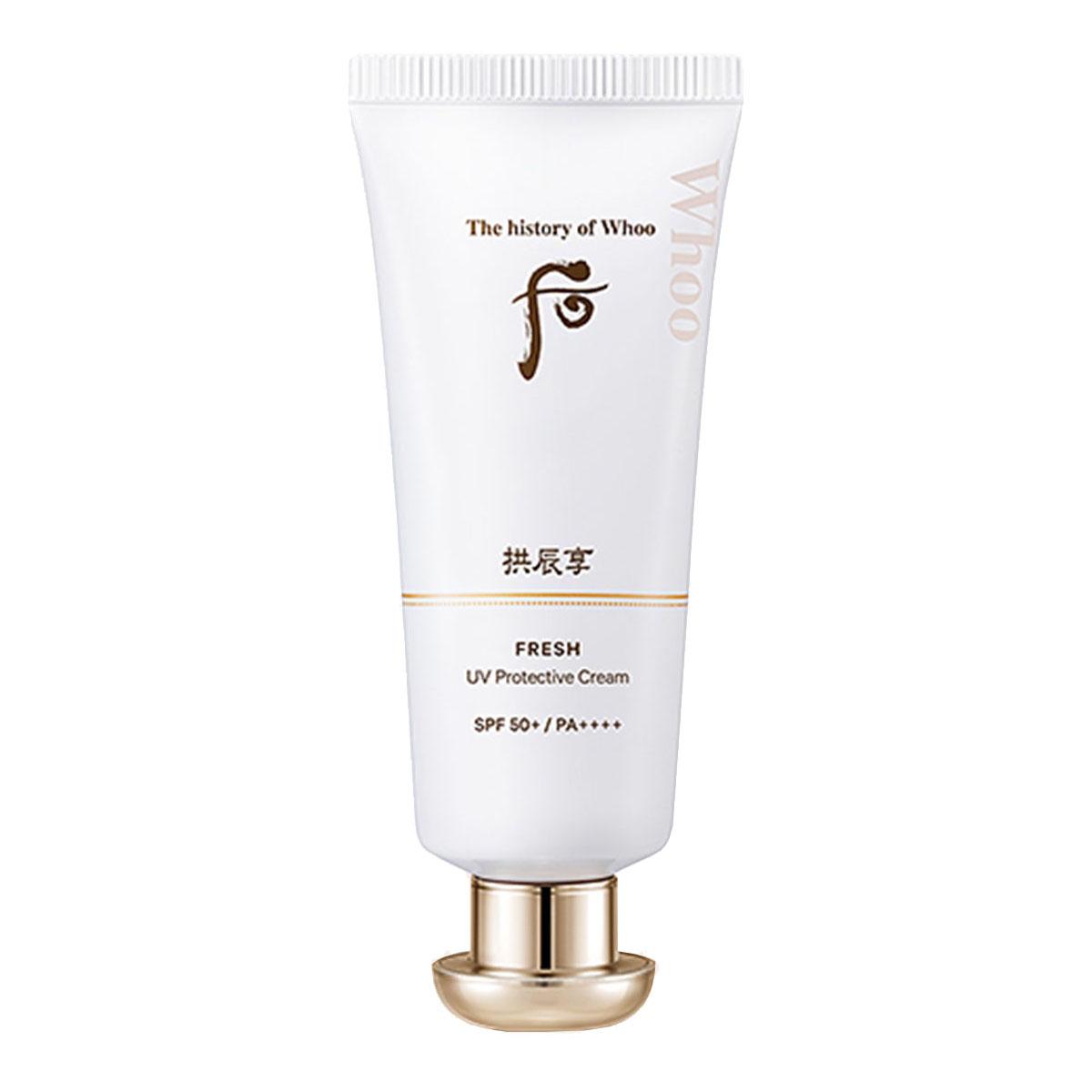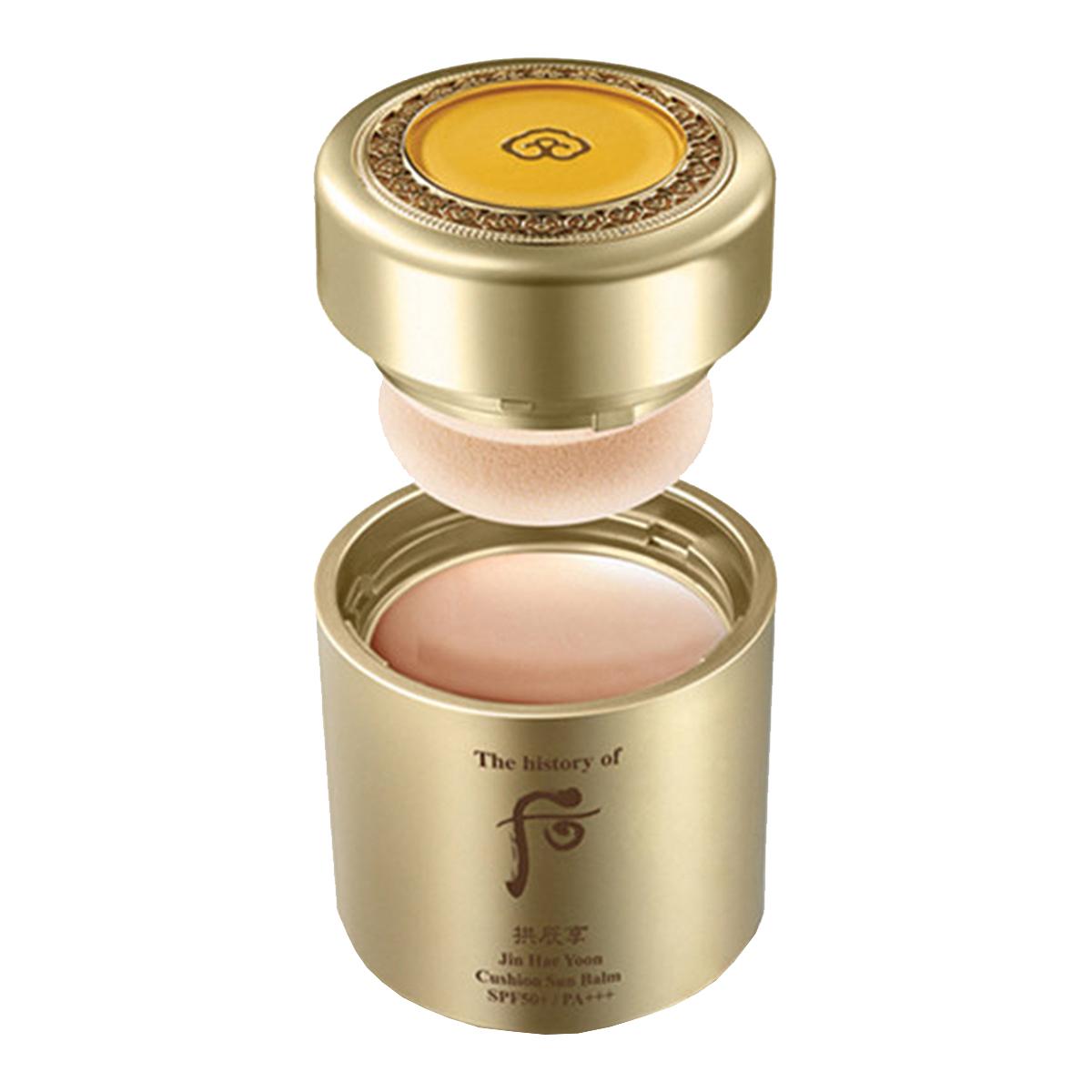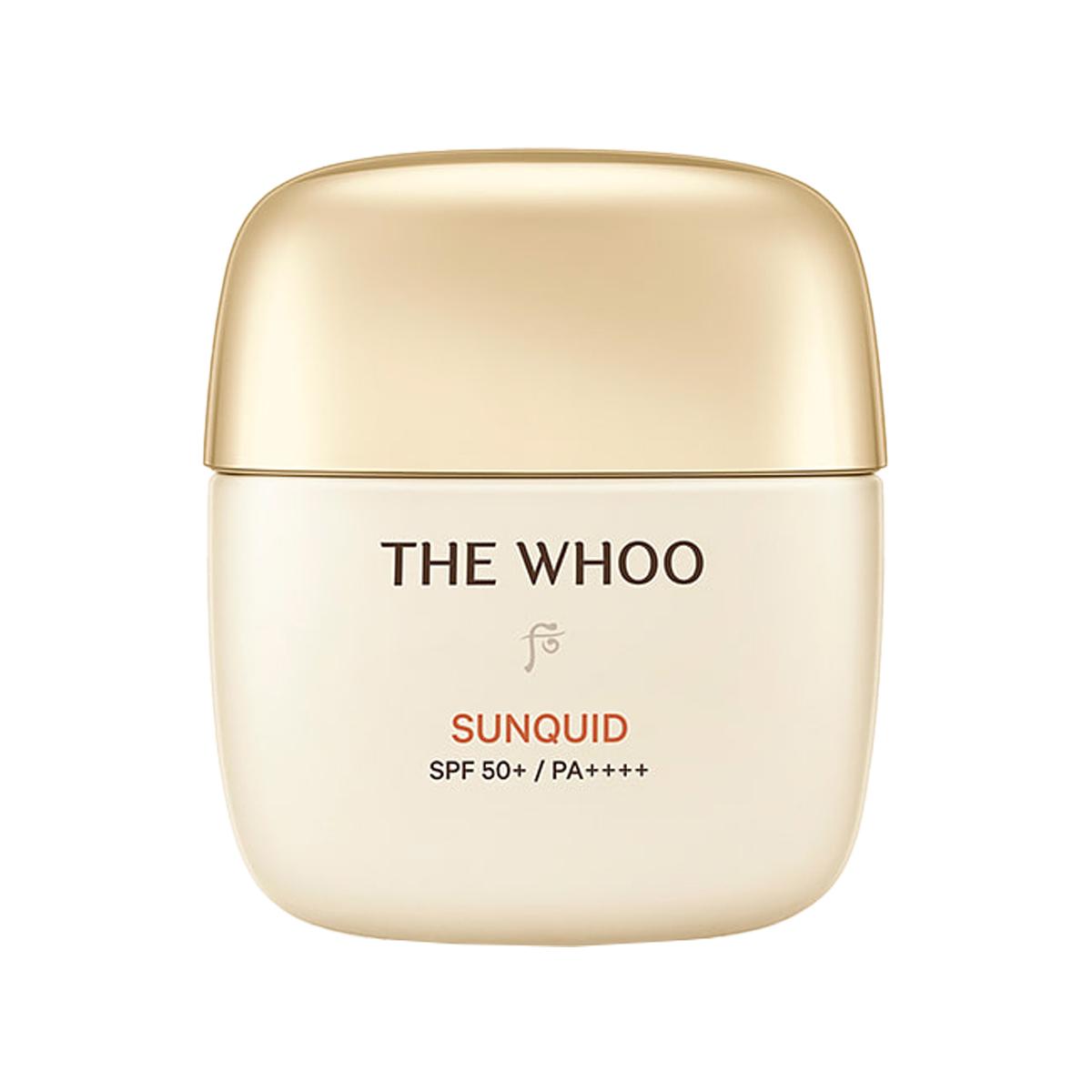The History of Whoo
Gong Jin Hyang line
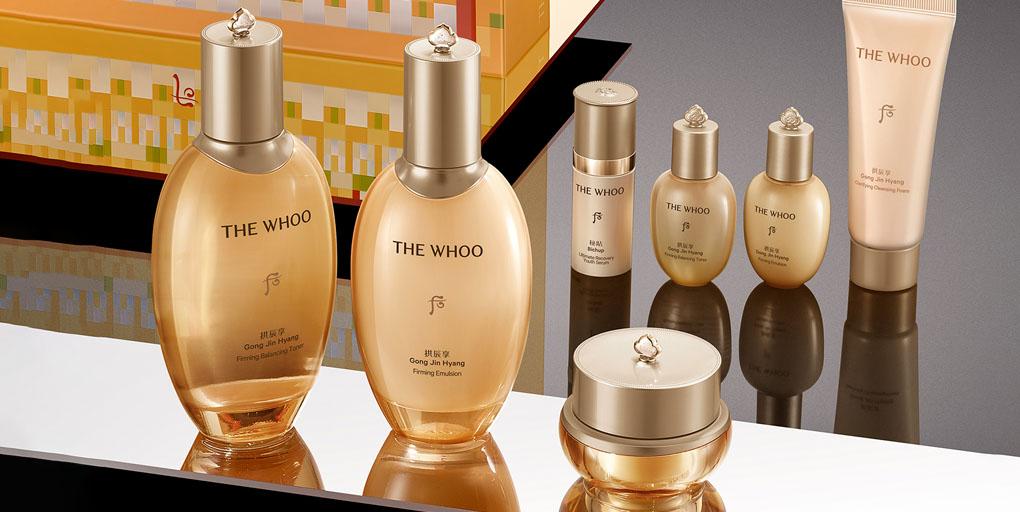
“Gong Jin Hyang” (공진향) is a skincare line designed to address first signs of aging by rebalancing skin through the application of Traditional Oriental Medicine principles. “Gong Jin Hyang” reinvigorates skin from within and improves skin resilience to reveal smooth, healthy and younger-looking skin.
Disclaimer: I personally translated the majority of facts and contents in this article from original Korean sources, so I kindly ask you to credit my work if you’re planning to use any of the information included in this guide.
Many concepts mentioned in this guide are based on Oriental Medicine principles, for a better understanding please refer to the introduction to Traditional Korean Medicine on this website. It’s important to stress out that there is no correspondence between Oriental Medicine organs and Western anatomy so capitalised names in this article shouldn’t be interpreted in the Western medical sense.
⬥ Recommended for:
Main Ingredients
“Gong Jin Hyang” is a firming and nourishing anti-aging skincare line that helps restore the skin’s natural balance through the principles of Yin-Yang Harmony and Suseunghwagang (수승화강, 水昇火降).
In Oriental Medicine, the aging process is considered the consequence of the progressive depletion of Essence (정 “Jeong” in Korean, 精 “Jing” in Chinese ).
According to this theory, each person has both a congenital essence (a fixed amount inherited at birth from their parents) and an acquired essence obtained from food and drinks. Both types of essence are stored in the Kidney and they provide the energetic basis for growth, development and all living activities.

When a person grows old, they gradually consume all their available essence until exhaustion, which coincides with death. Essence and Qi (vital energy) have an interdependent Yin/Yang relationship: Essence is the material basis of existence that is constantly transformed to release Qi, while Qi transforms food to nourish Essence.

In particular, it’s believed that this depletion of Essence (an in turn, Qi) develops following predictable periodical cycles (“life cycles”), where each cycle is defined by specific physiological changes and patterns.
The characteristics of each life cycle are described in the first chapter of the Hwangjenaegyeongsomun (in English “The Yellow Emperor’s Classic of Internal Medicine“), a Chinese medical text considered the foundation of Oriental Medicine.
There are 7 stages of a woman’s life, with each cycle changing at an interval of 7 years, whereas men have 8 life cycles, with each cycle changing at an interval of 8 years. The body is considered in its optimal state when it reaches the Fourth Cycle (age 28 for women, age 32 for men), from the Fifth Cycle onward (age 35 for women, age 40 for men), the body starts to gradually decline and exhibit the signs of aging.

“Gong Jin Hyang” is an anti-aging skincare line based on this theory. It aims to restore the natural balance of Qi and Essence and slow down the aging process.
In particular, the line was designed to achieve this harmony through the application of an Oriental Medicine principle called “Suseunghwagang” (수승화강, 水昇火降). “Suseunghwagang” is a theory that describes Energy (Qi) circulation and literally translates to “water goes up, fire goes down”.
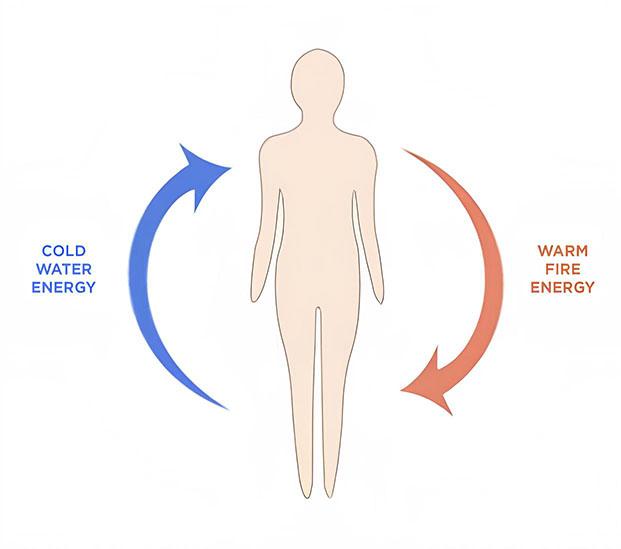
According to this principle, when the human body is in its optimal and balanced condition, the upper part of the body is cold (water, Yin) and the bottom part of the body is warm (fire, Yang). When the bottom part of the body is heated, the warm fire energy pushes the cold water energy toward the upper part, cooling the head. At the same time, cold water energy coming down from the head receives the warm fire energy from the heart, sinks and heats the lower abdomen, facilitating the function of internal organs.
As a result, Qi flows smoothly and the body is healthy.
If this flow is disrupted, the opposite phenomenon develops: heat stagnates in the head (resulting in headaches, insomnia, skin irritation) and cold water energy stagnates in the abdomen (resulting in digestive issues, poor blood circulation and weakened skin). As mentioned before, when the body reaches its Fifth Life Cycle, the natural balance of Qi and Essence gradually declines, which also leads to a disruption of the natural “Suseunghwagang” flow and weakened immunity. Products in the “Gong Jin Hyang” line were designed to rebalance this harmony by controlling excess heat, replenishing moisture levels and stimulating healthy energy flow.
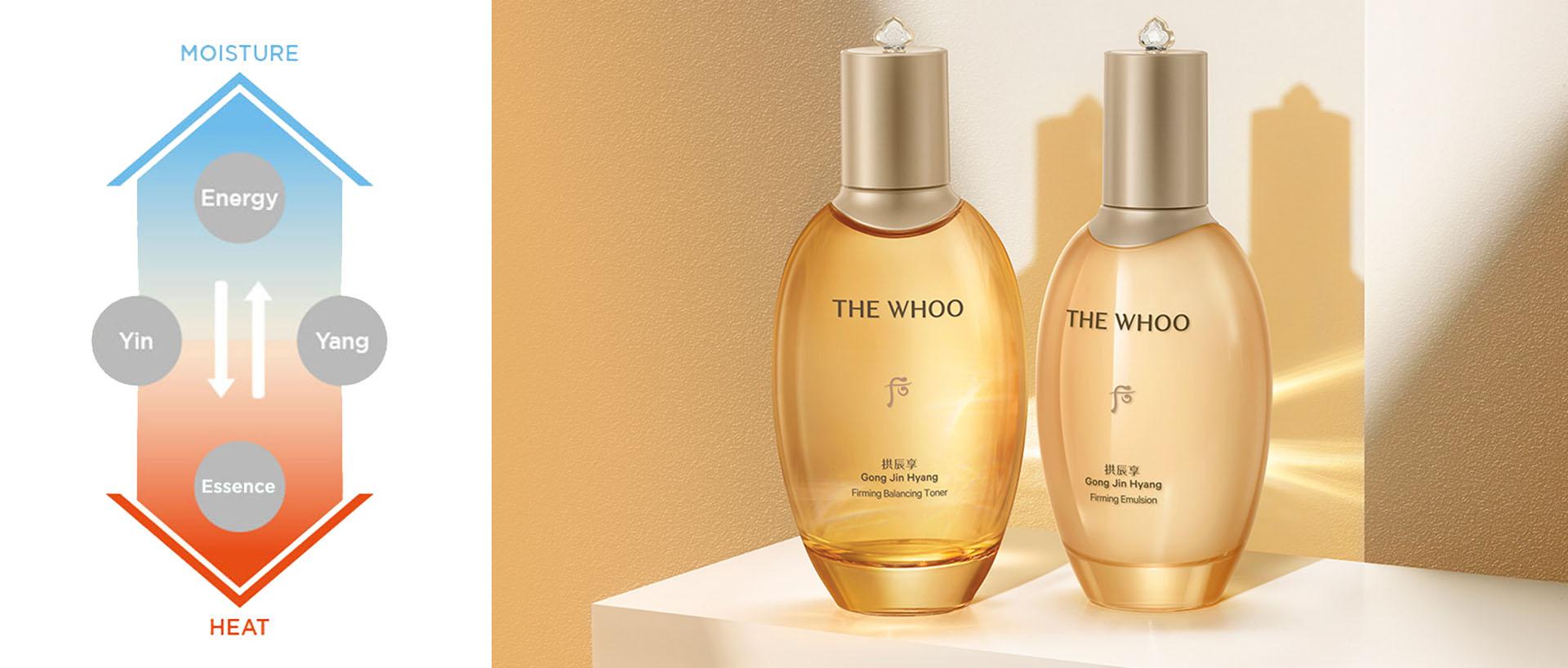
“Gong Jin Hyang” provides a complete rebalancing treatment through the synergy of 3 actions:
In particular products in the “Gong Jin Hyang” line contain “Gong Jin Solution™” (공진비단, 供辰秘丹), The History of Whoo’s signature ingredient based on a traditional royal court formula, along with “Sansam Dongchunghacho” (산삼동충하초, 山参冬虫夏草), a powerful blend of two highly-treasured Oriental Medicine ingredients.
⬥ Gong Jin Solution™
All products from The History of Whoo incorporate “Gong Jin Solution™“, also known as “Gongjinbidan” (공진비단, 供辰秘丹), a proprietary herbal complex that constitutes the core ingredient of the brand.
“Gong Jin Solution™” is based on “Gongjindan” (공진단, 拱辰丹), a traditional Oriental medicine prescription originally created by Chinese physician Wei Yilin. According to the classical text or Oriental Medicine “Efficacious Remedies of the Physicians” (세의득효방, 世醫得效方), “Gongjindan” was a remedy exclusively reserved for emperors and for this reason, it earned the name of “Emperor’s Medicine”1.
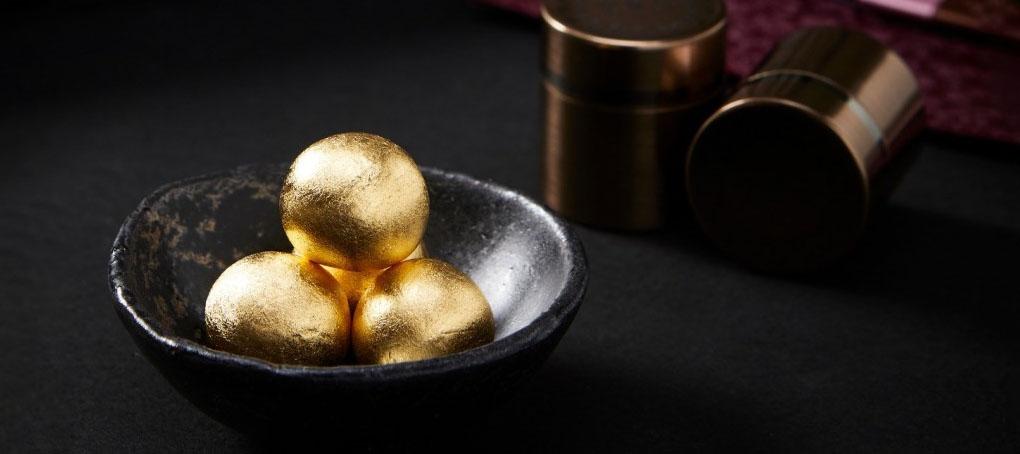
[source: 백록담한의원]
“Gongjindan” appears in many traditional medical texts from China and Korea and it’s described as a remedy that strengthens the body’s immune defences and brings back the natural balance between its organs.
The Donguibogam (the most representative text of Traditional Korean Medicine) describes “Gongjindan” as follows:
“If a man is sickly even after growing up, he is constitutionally weak. In such a case, body fluids should be increased but body heat should be cooled down. Other medicines are inefficacious against it, but this medicine is effective to harmonize internal organs with each other and to prevent various diseases.”
DONGUIBOGAM (1613)
To this day, “Gongjindan” is a vital tonic that is still commonly used in many Asian countries to combat chronic fatigue, weak constitution and deteriorated immunity.
Through the integration of modern science, LG Household & Health Care developed a cosmetic ingredient based on the original prescription for “Gongjindan”: “Gong Jin Solution™“.
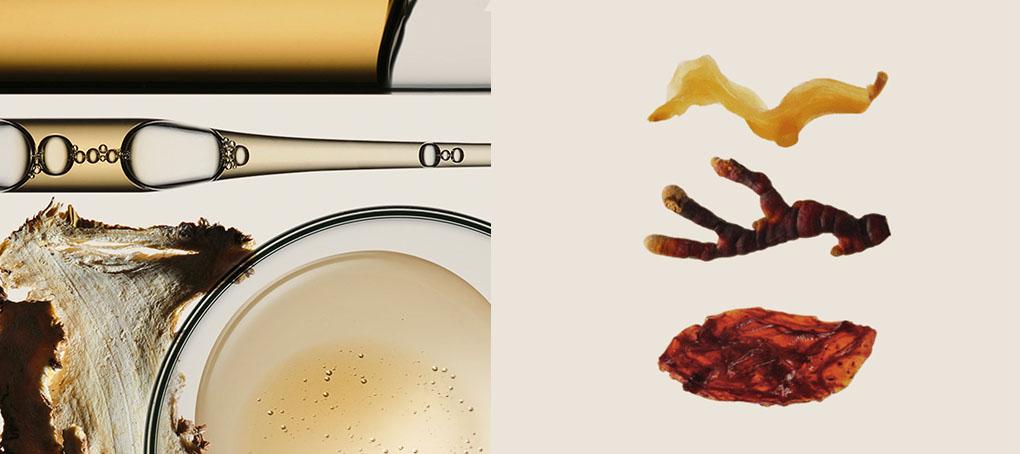
Developed through The History of Whoo’s integrative medicine research technology, “Gong Jin Solution™” consists of:
1,2-Hexanediol, Angelica Gigas Root Extract, Arginine, Butylene Glycol, Cornus Officinalis Fruit Extract, Ethylhexylglycerin, Ganoderma Lucidum (Mushroom) Extract, Glutamic Acid, Glycoproteins, Thymus Vulgaris (Thyme) Extract, Water6.
In particular, the ingredient was enriched with four traditional herbal remedies:
Overall, the ingredient promises to increase energy flow, while also rebalancing and reinvigorating skin to enhance the skin’s intrinsic energy and elasticity6.
⬥ Sansam Dongchunghacho (산삼동충하초, 山参冬虫夏草)
“Sansam Dongchunghacho” is a powerful herbal complex that combines two of the most treasured Traditional Oriental Medicine ingredients: Wild Ginseng and Cordyceps Sinensis.
Panax Ginseng is one of the most expensive Hanbang herbs. Ginseng is also known as “Shincho” (신초, 神草), meaning “God’s Herb”, and in Oriental Medicine it’s commonly used to replenish Qi (“tonify Qi”) across the Five Organs (오장, 五臟).
Wild Ginseng (Panax Ginseng Meyer cv. Silvatica) and Cultivated Ginseng present significant differences, both in terms of market price, morphology and of general properties. In fact, Wild Ginseng was shown to contain at least 10 times the amount of active compounds of Cultivated Ginseng4. This enhanced effectiveness, along with its natural scarcity and difficult availability, make Wild Ginseng one of the most precious herbal remedies in Oriental Medicine.
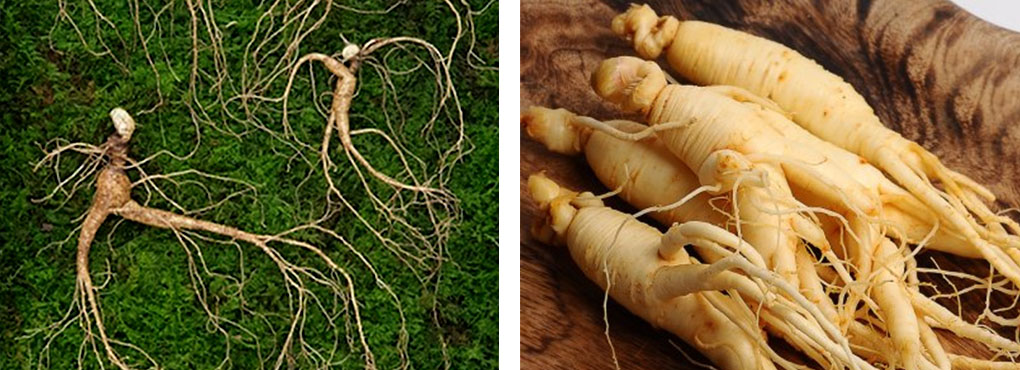
Different morphological characteristics of Wild Ginseng (sx) and Cultivated Ginseng (dx). (source: YTN)
Cordyceps Militaris is a parasitic fungus used in Oriental Medicine for its wide range of pharmacological effects, including: anti-tumoral, immunomodulatory, anti-inflammatory and reinvigorating properties. Much like Wild Ginseng, it’s a naturally scarce ingredient, which lead it to become the world’s most expensive fungus, with prices going up even to $140,000 per kg5.
“Sansam Dongchunghacho” is a proprietary formula powered by these these two precious ingredients. It was developed by growing Cordyceps Sinensis through a process of solid fermentation using the microorganisms naturally found in Wild Ginseng. The result is a powerful blend that promotes energy flow and restore the skin’s natural balance.


Products
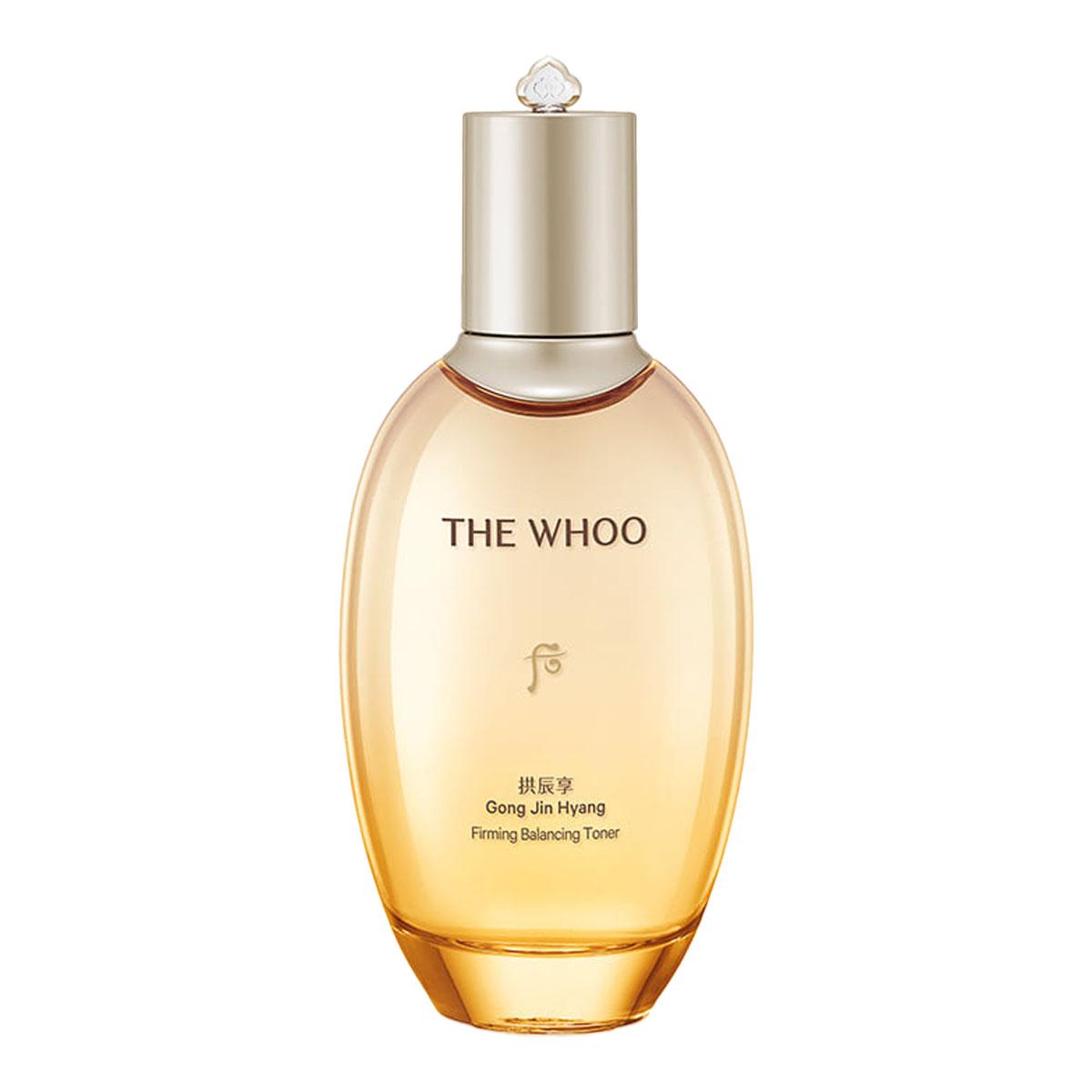
Gong Jin Hyang Firming Balancing Toner
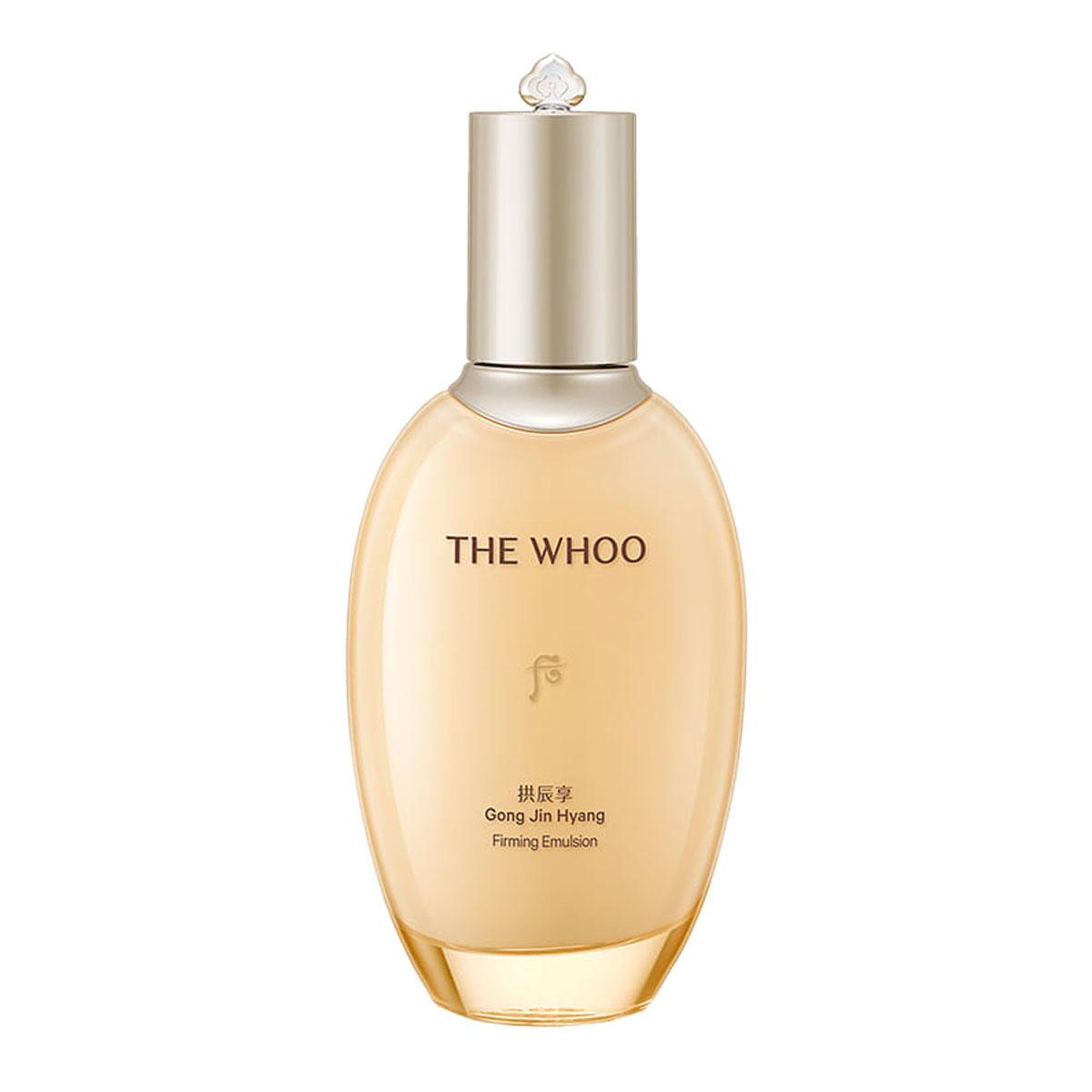
Gong Jin Hyang Firming Emulsion
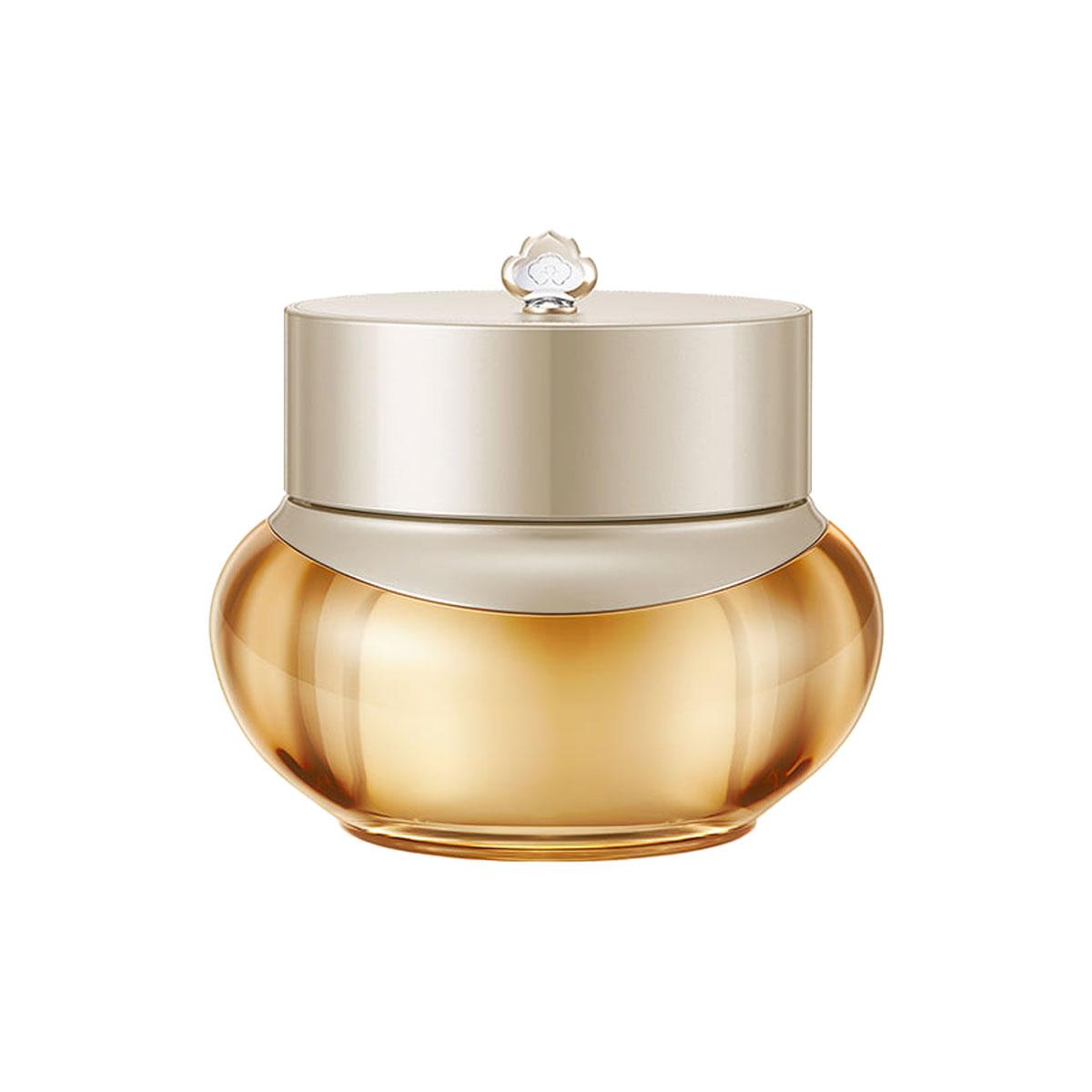
Gong Jin Hyang Firming Cream
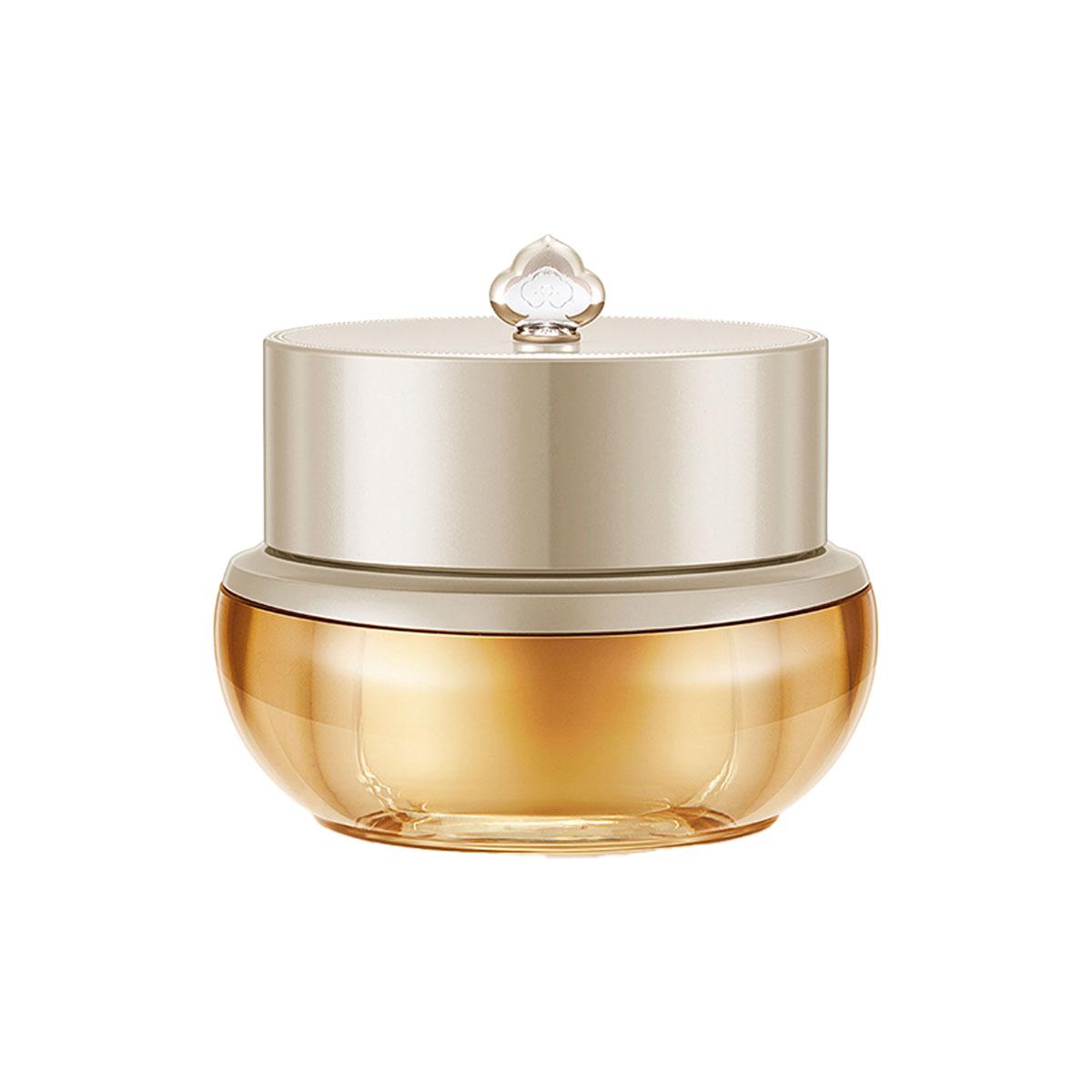
Gong Jin Hyang Firming Eye Cream
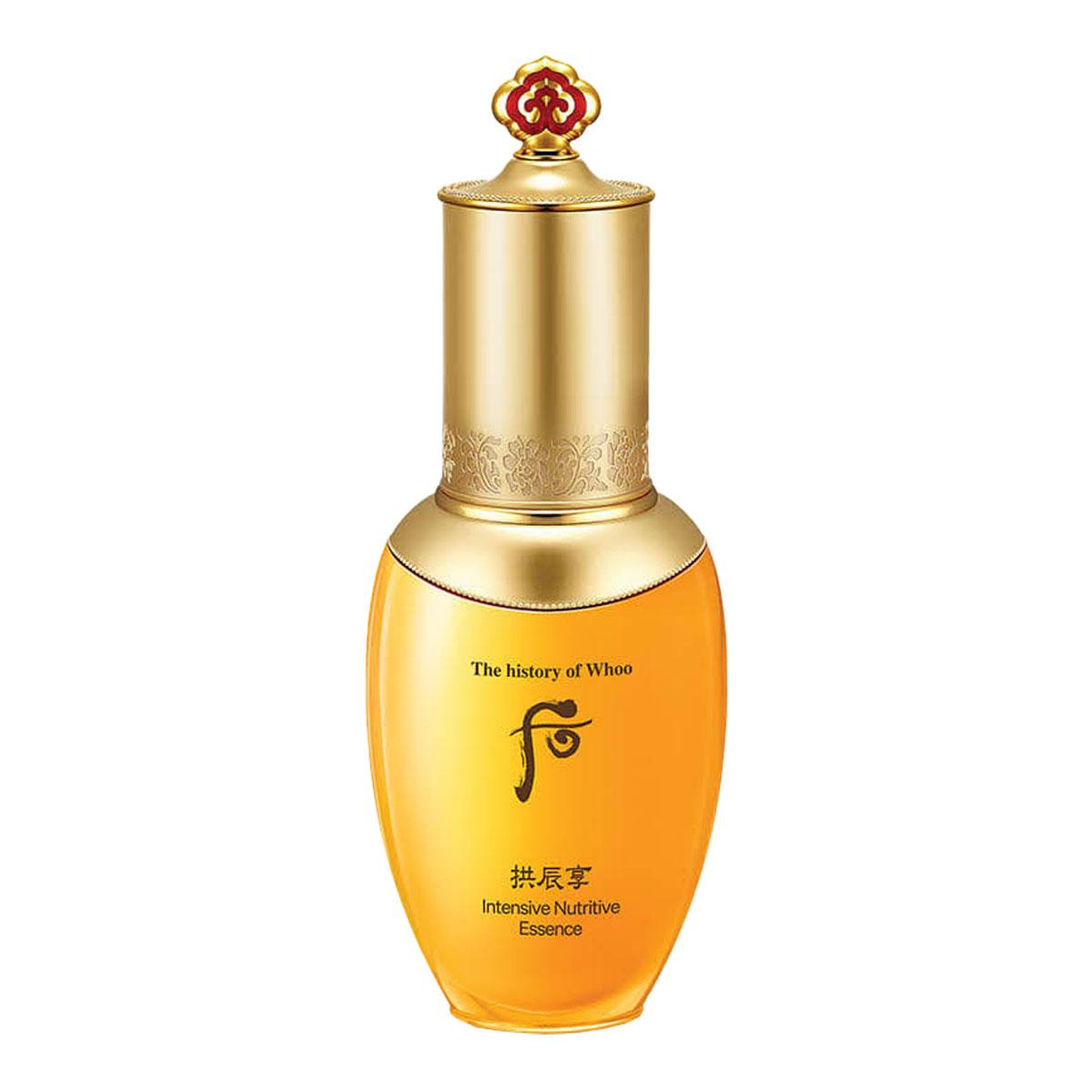
Gongjinhyang Intensive Nutritive Essence
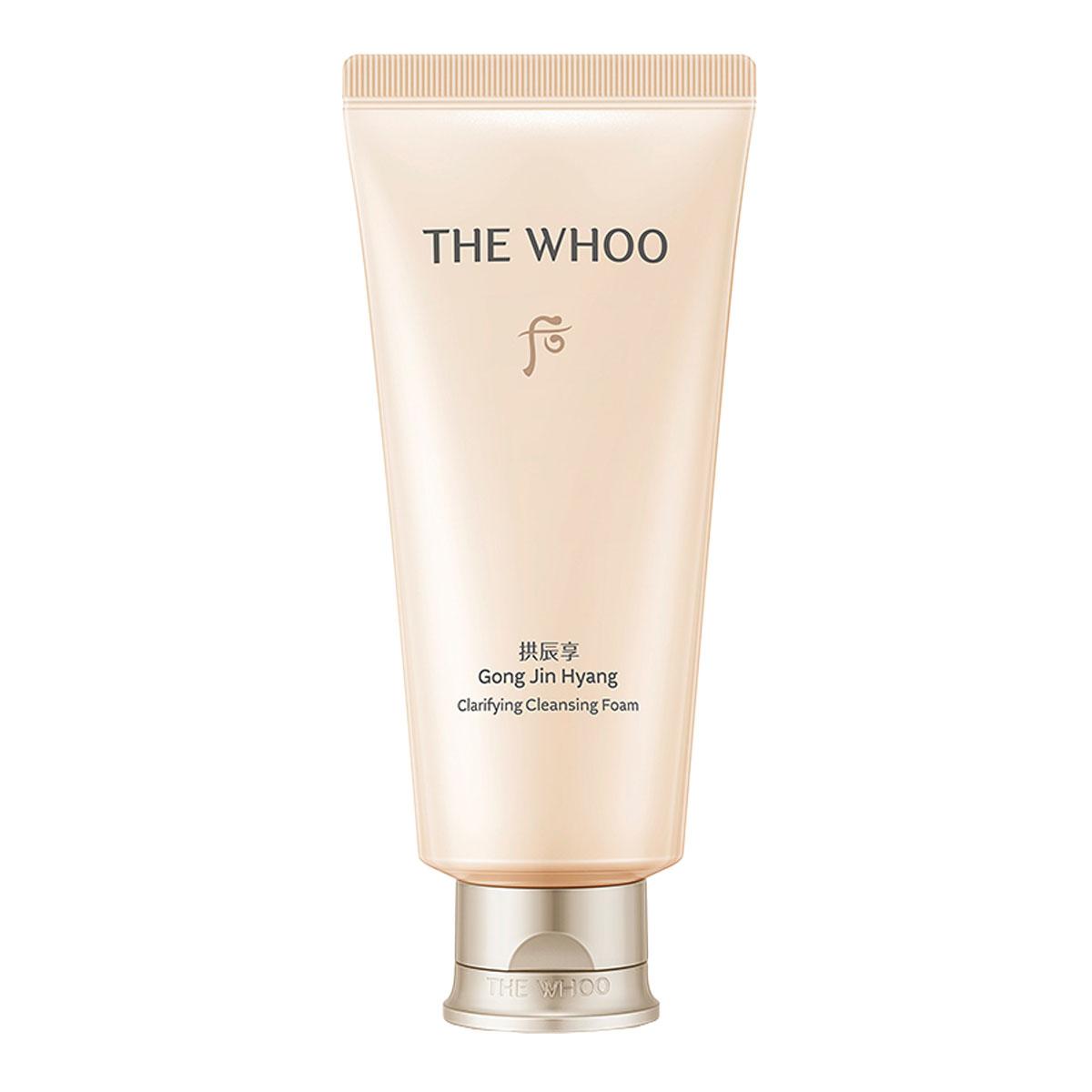
Gong Jin Hyang Clarifying Cleansing Foam
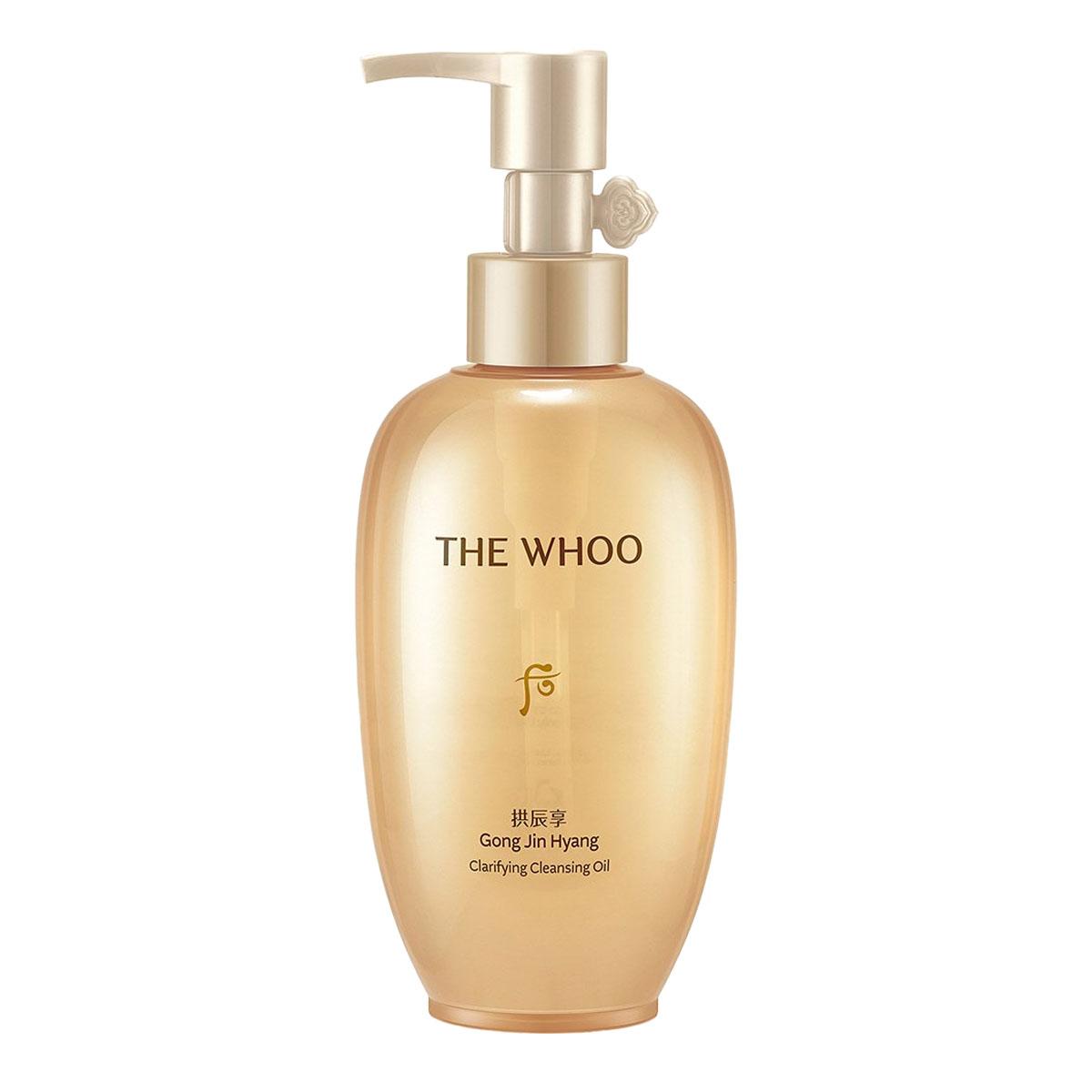
Gong Jin Hyang Clarifying Cleansing Oil
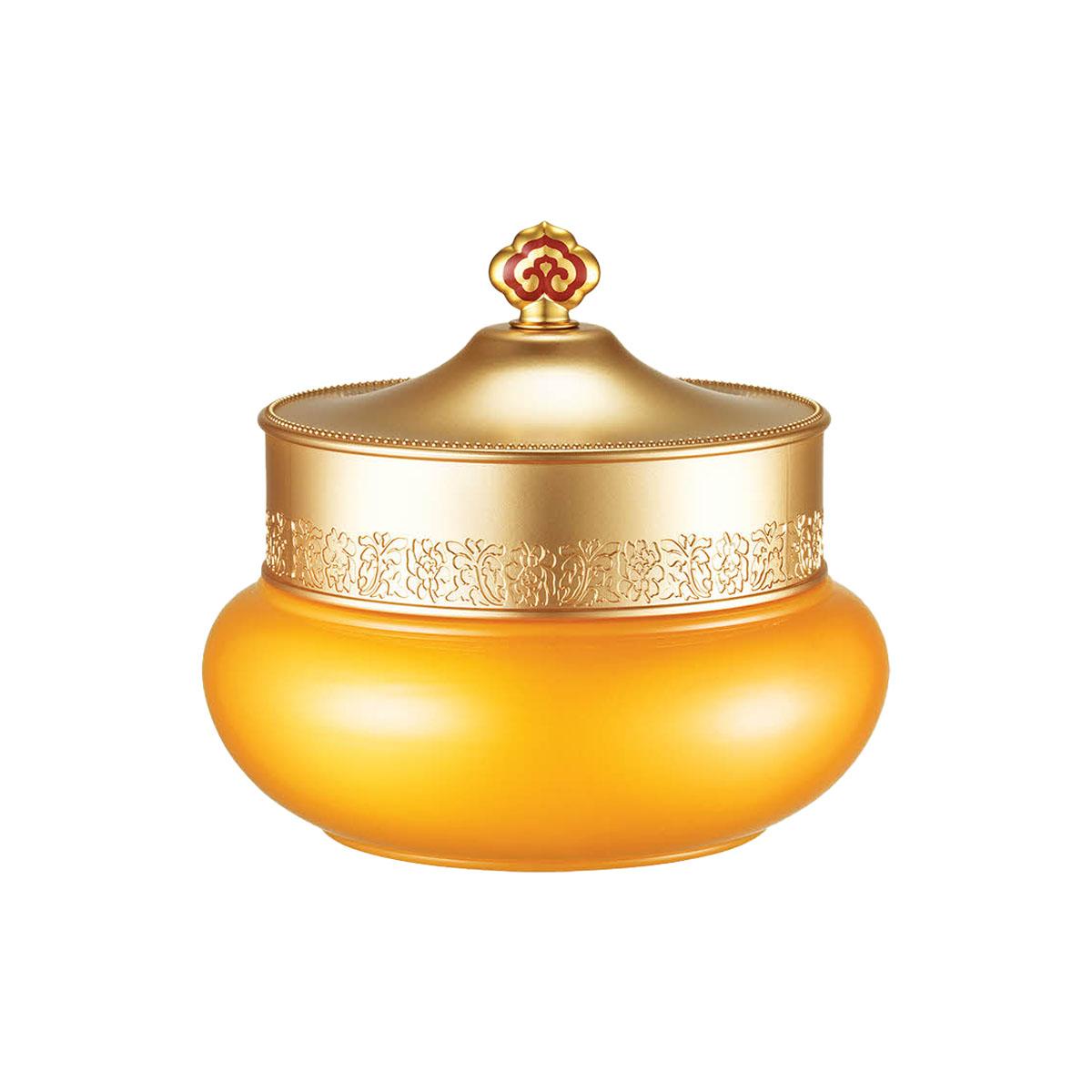
Gongjinhyang Facial Cream Cleanser

Gongjinhyang Neck And Face Sleeping Repair Mask
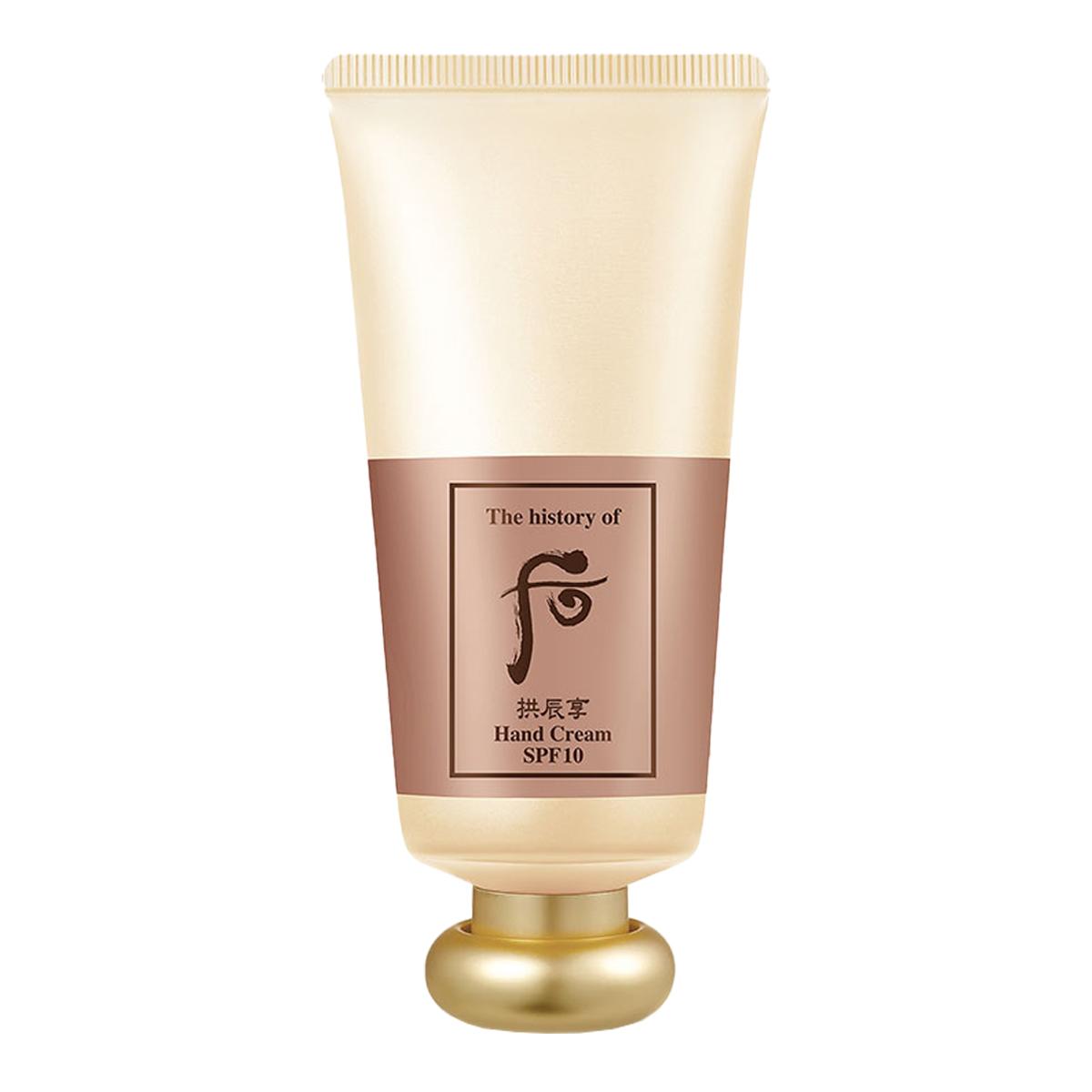
Gongjinhyang Royal Hand Cream SPF10
⬥ Recommended order of use

Shop the Line
⬥ International retailers
⬥ South Korean retailers
Make sure to check out the Discount & Coupons page to access exclusive offers for major Korean skincare retailers.

Notes
- 김은진. (2003). “나도 한번쯤 써보고 싶다! 피부 보약, 한방 화장품.” 레이디경향.
- LG Household & Health Care. (2017). “1조 브랜드 행차요!“
- “피부 미학의 결정체, 더 히스토리 오브 후.” (n.d.). Www.whoo.co.kr. Retrieved 20 May 2022 from www.whoo.co.kr/brand/secretClothes.jsp.
- Jeong H. (2009) 인삼ㆍ산양삼ㆍ자연산 산삼의 ginsenoside 함량 분석 및 홍삼화 후 성분변화 비교. 상지대학교 학술정보원.
- Hou, David Anderson, Chia-Yi. (2021). “The World’s Most Valuable Parasite, Caterpillar Fungus, Can Cost up to $63,000 per Pound.” Business Insider.
- 더후(The Whoo). (n.d.). 더후: The whoo. 더후(THE WHOO). https://www.thewhoo.com
